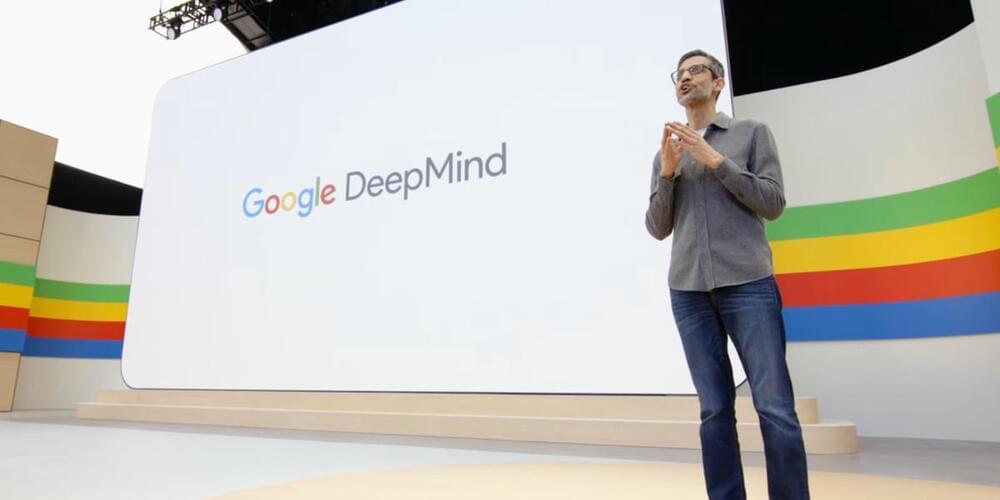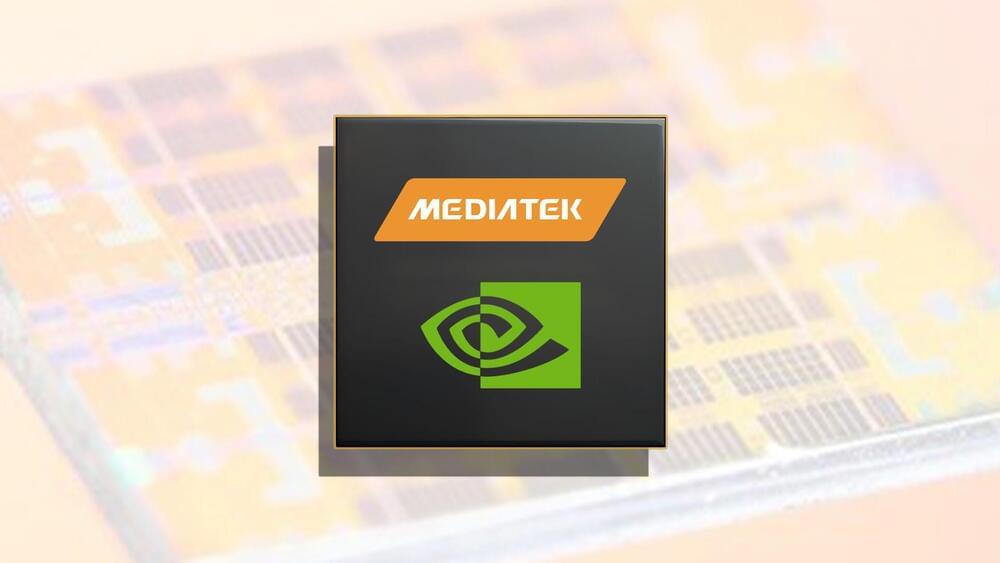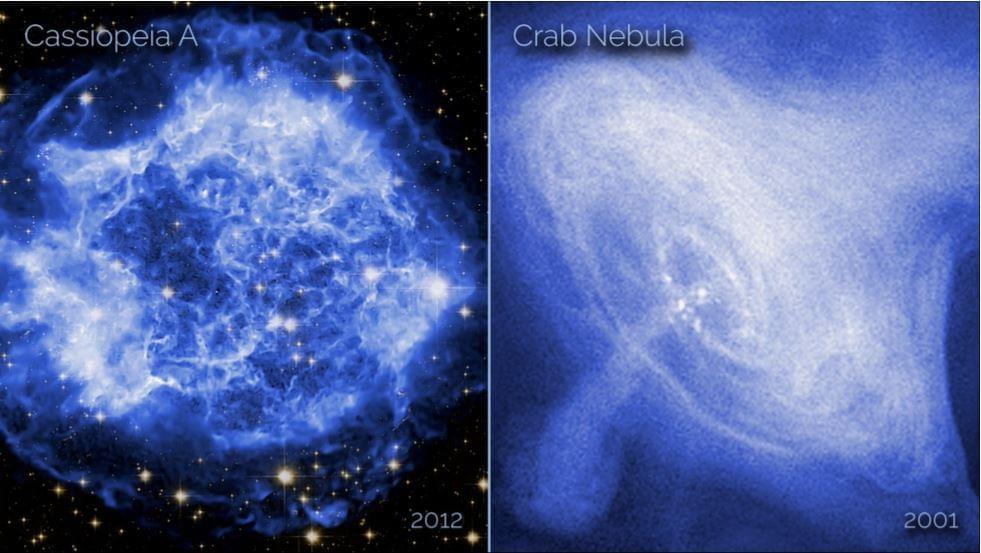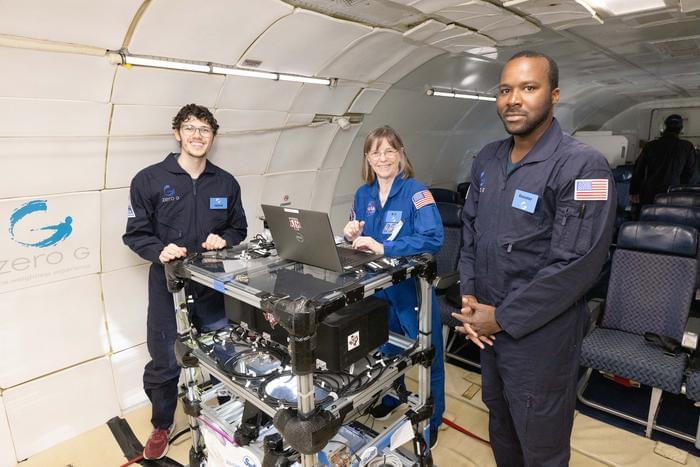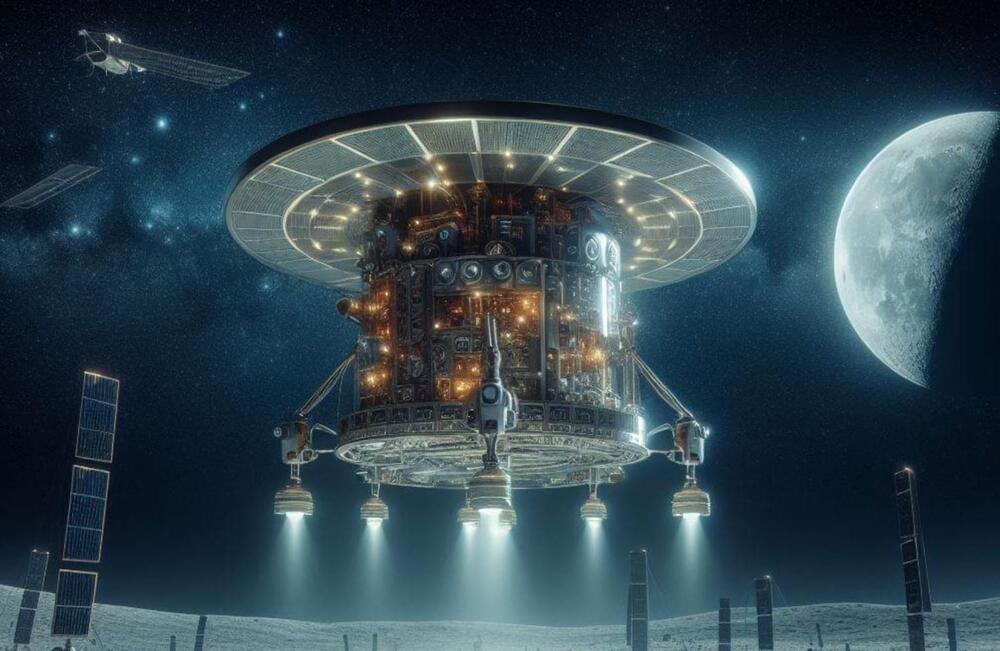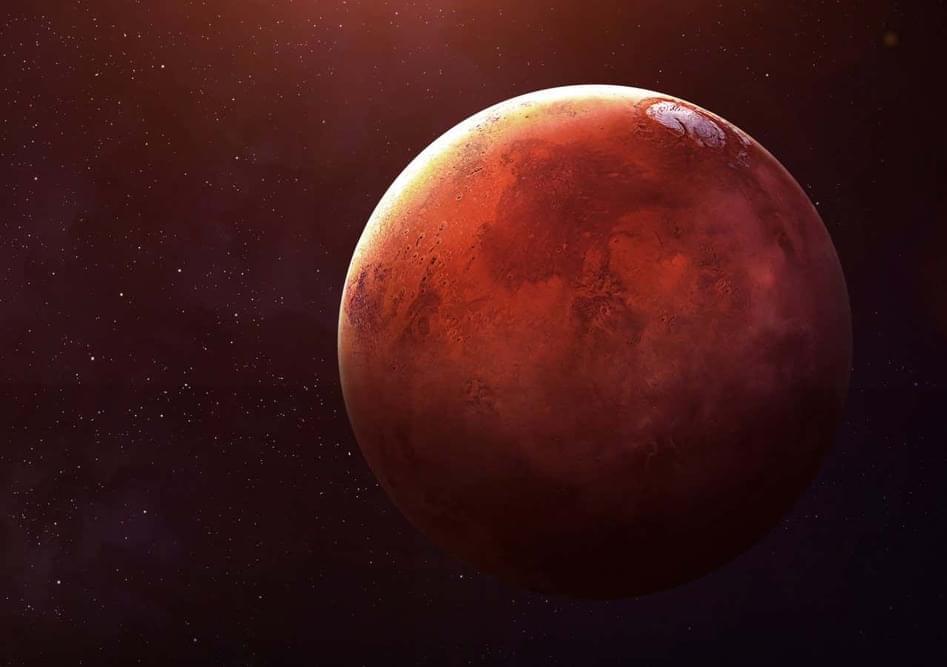Archive for the ‘space’ category: Page 50
May 14, 2024
Exploring WASP-193 b: A Cotton Candy-like Exoplanet
Posted by Laurence Tognetti, Labroots Inc. in categories: evolution, space
WASP-193 b is the second least dense planet discovered to date, after Kepler-51 d, which is much smaller,” said Dr. Khalid Barkaoui. “Its extremely low density makes it a real anomaly among the more than five thousand exoplanets discovered to date.
Can gas giant exoplanets larger than Jupiter have less density than the latter? This is what study published today in Nature Astronomy hopes to address as a team of international researchers discovered WASP-193 b in 2023, which is located just under 1,200 light-years from Earth and orbits its parent star (slightly larger than our Sun) in only 6.25 days. What’s unique about WASP-193 b is that it exhibits a radius almost 1.5 times that of Jupiter, the largest planet in our solar system, but whose mass is only 14 percent of Jupiter and whose density is just under 4 percent of Jupiter, as well. This study holds the potential to help astronomers better understand the formation and evolution of exoplanets, which continue to challenge our understanding of solar system architecture.
WASP-193 b has a density of approximately 0.059 grams per centimeter cubed (g/cm3), which is comparable to cotton candy. For context, Jupiter has a density of 1.33 g/cm3, Saturn has a density of 0.69 g/cm3, Uranus has a density of 1.27 g/cm3, and Neptune has a density of 1.64 g/cm3. Therefore, despite being larger than Jupiter, WASP-193b’s density is far less than the largest gas giant in our solar system.
Continue reading “Exploring WASP-193 b: A Cotton Candy-like Exoplanet” »
May 14, 2024
Gemini breaks new ground with a faster model, longer context, AI agents and more
Posted by Cecile G. Tamura in categories: robotics/AI, space
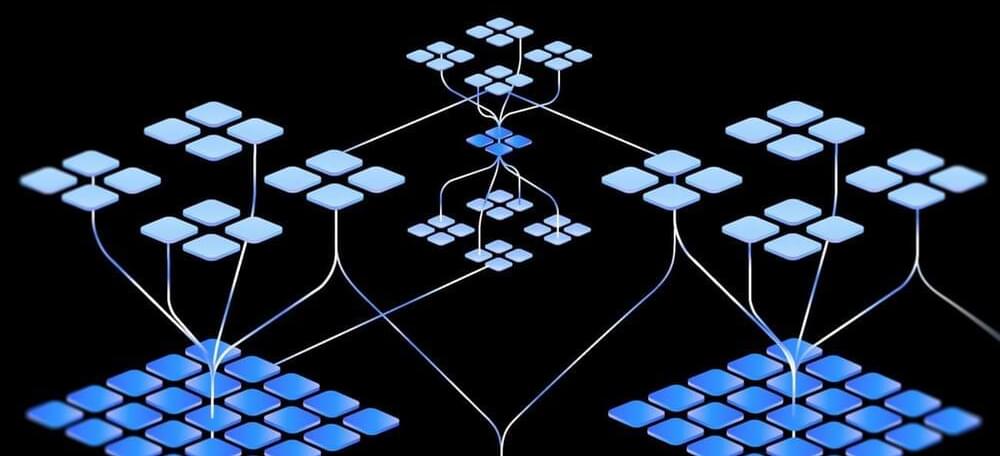
We think of GoogleDeepMind as the engine room of Google in the #AI era.
We’re sharing updates across our Gemini family of models and a glimpse of Project Astra, our vision for the future of AI assistants.
May 14, 2024
Google just gave us a tantalizing glimpse into the future of AI agents
Posted by Kelvin Dafiaghor in categories: robotics/AI, space
Google is trying to turn AI chatbots to intelligent systems that can reason, plan, and remember. Project Astra is a window into this potential future.
May 14, 2024
MediaTek And NVIDIA Reportedly Co-Developing Snapdragon X Elite Competitor, Design To Be Finalized In Q3, Using TSMC’s 3nm Process
Posted by Shailesh Prasad in categories: economics, robotics/AI, space
Qualcomm’s Snapdragon X Elite will eventually face competition in the ARM-based AI chipset space from MediaTek and NVIDIA, who have reportedly joined forces to co-develop a new SoC whose design is said to be finalized in the third quarter of this year. The upcoming silicon is said to support advanced technologies, including being mass produced on TSMC’s 3nm process, with the new entrant possibly competing with Apple’s M4 when comparing lithography.
The unnamed chipset from MediaTek and NVIDIA is rumored to fetch a price of $300 per unit, likely due to leveraging advanced nodes and packaging technologies
With the AI PC segment estimated to grow massively by 2027, MediaTek and NVIDIA want to pounce on this opportunity, giving this category a healthy dose of competition. The Taiwanese fabless semiconductor manufacturer has already received praise from Morgan Stanley analysts for its Dimensity 9,300, so there is no question that the company’s chip-making prowess has a gold-standard label. Add NVIDIA to the mix, and we could see an SoC that overtakes the competition in graphics performance, though Economic News Daily has not mentioned this.
May 14, 2024
NASA’s Chandra Releases Doubleheader of Blockbuster Hits
Posted by Natalie Chan in category: space
May 13, 2024
Enhancing Boiling Processes for Lunar and Martian Exploration
Posted by Laurence Tognetti, Labroots Inc. in categories: futurism, space
How will liquids boil under reduced gravity, specifically on the Moon and Mars? This is what a recent project hopes to address as a team of researchers led by the Southwest Research Institute (SwRI) and working with Texas A&M University investigated the behavior of boiling liquids under reduced gravity using parabolic flights that are designed to simulate reduced gravity conditions. This project holds the potential to help researchers and future astronauts better understand how to manage boiling liquids during long-term space missions to the Moon and Mars where the gravity is one-sixth and one-third of the Earth’s, respectively.
From left to right: SwRI Research Engineer, Emilio Gordon, Texas A&M University Professor of Aerospace Engineering, Dr. Bonnie Dunbar, and SwRI Research Engineer, Dr. Eugene Hoffman, examine the experimental payload right before its parabolic flight on April 24th, 2024. (Credit: Southwest Research Institute)
“We have so little data about how boiling works in reduced gravity,” said Kevin Supak, who is a program manager at SwRI and the project lead. “Our experiment studies boiling in conditions that simulate lunar and Martian gravity levels using four different surfaces to examine how bubbles initiate and detach.”
May 13, 2024
NASA reveals plans to build levitating robots on the surface of the Moon
Posted by Shailesh Prasad in categories: robotics/AI, space
NASA has unveiled its plans to construct a reliable, autonomous, and efficient payload transportation system on the surface of the Moon.
May 13, 2024
Simulated Microgravity Affects Sleep and Physiological rhythms
Posted by Natalie Chan in category: space
Simulated effects of microgravity significantly affect rhythmicity and sleep in humans, a new study from the University of Surrey finds. Such disturbances could negatively affect the physiology and performance of astronauts in space.
May 13, 2024
Mars is blasting plasma out of its atmosphere into space
Posted by Dan Breeden in category: space
The Red Planet launches large bursts of plasma into space from its upper atmosphere, much like the sun’s coronal mass ejections, despite not having a global magnetic field.
By Alex Wilkins
